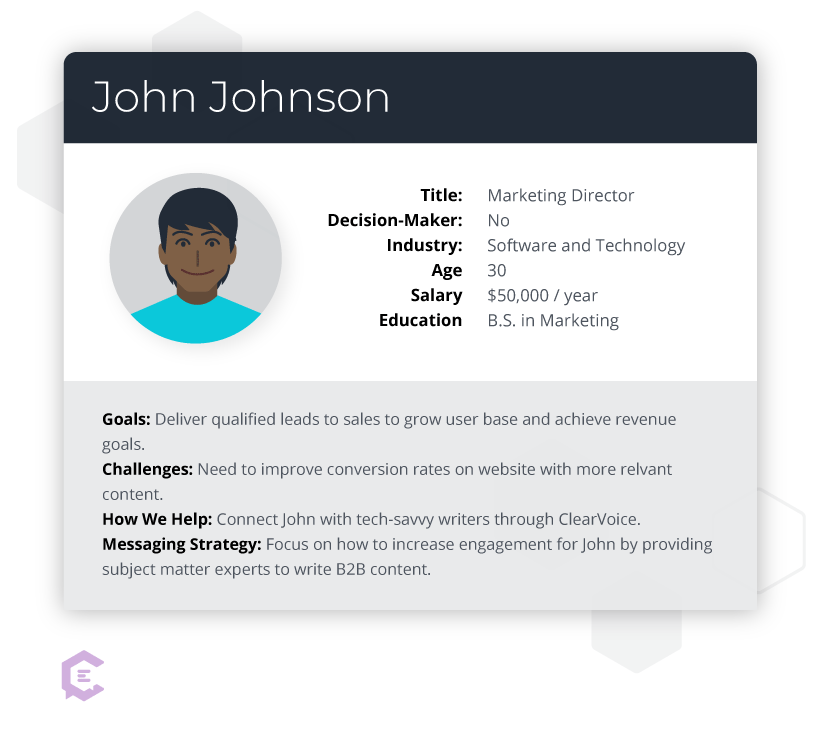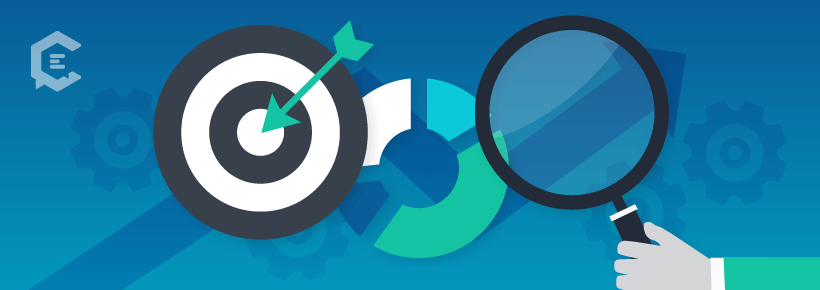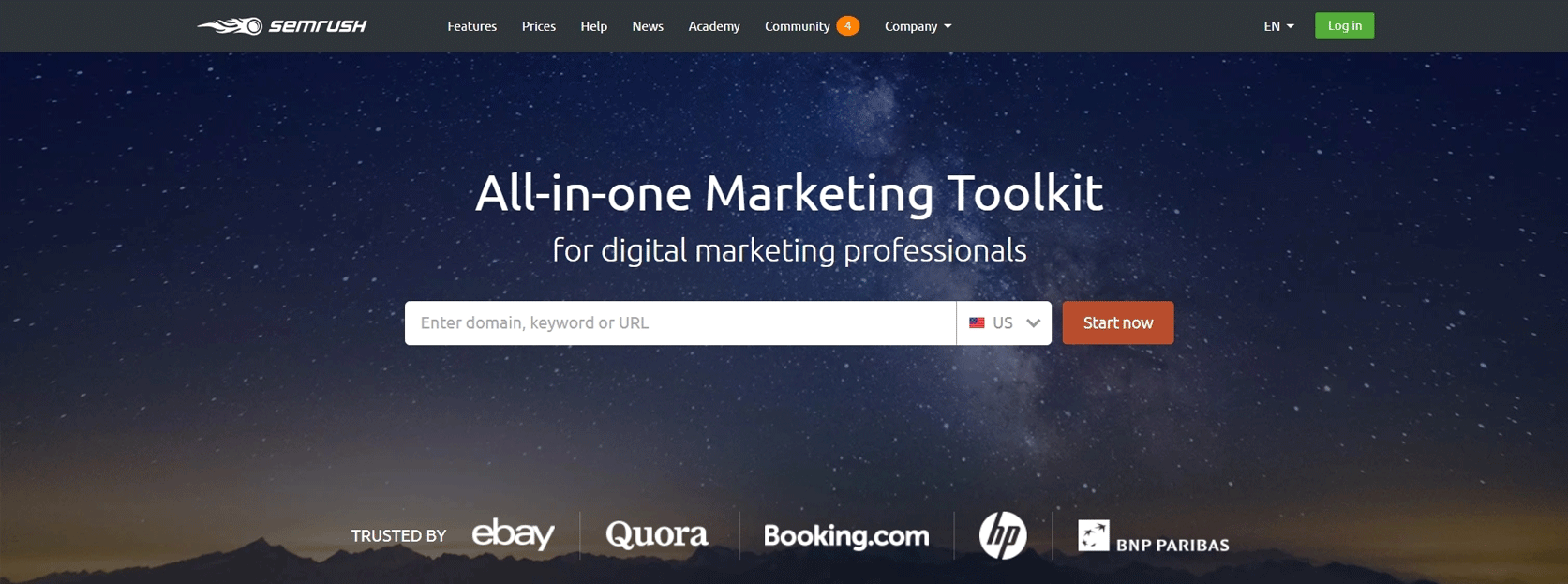Most companies already participating in content marketing utilize some level of buyer personas, ranging from a more basic understanding, kept inside the cranium of the marketing team’s leader, to the more polished version that is presented graphically and referred to often by all team members. However, these personas often leave out an aspect that is important to the marketer and salesperson: the marketing technology sophistication of their buyers.
I’m going to illustrate why it is important to know the marketing sophistication of your prospective customers. And then I’ll lay out four easy steps you can follow (and train your sales team on) to fully leverage the analysis of your customers’ marketing sophistication in your own marketing and sales efforts.
First, build better buyer personas
A search on ClearVoice and other content marketing related websites will show you that there are a lot of great resources out there, such as this one from Britt Skrabanek that illustrates how to create a buyer persona. Britt’s example of a buyer persona provides the marketer and salesperson with great insights into who they are targeting.
And yet, for anyone working in a B2B marketing or sales team, there are additional insights, almost always overlooked in a traditional buyer persona, that they should be evaluating. These insights all start a better understanding of the martech stack of their customer. If you aren’t sure what a martech stack is, read below for a quick terminology primer.
Does this focus on analyzing the sophistication of your buyer’s martech stack mean this article is only intended for B2B sellers who target marketing departments? Not by a long shot…
Who should be looking at martech stack sophistication?
In other ClearVoice articles, we’ve taken a look at selling into marketing departments and businesses in general. While marketing agencies will benefit greatly from a greater understanding of the marketing sophistication of their buyers, this topic will be helpful to anyone selling to a business with at least some level of marketing effort. That covers most businesses.
Terminology primer: Defining martech and tech stack
Martech: Short for marketing technology, martech is a term that depicts the integration and use of technology inside marketing efforts.
Tech stack: A technology stack is a set of software (or even sub-applications within a larger software piece) that work together to offer some broad functionality. You can think of it as it was in the olden days, when software came on disks that you needed to install on a computer or server that was present in your office building. As you started to stack up the physical media (disks) you began to build your “technology stack.”
Example: A martech stack generally includes some software to run a website (e.g., WordPress), send emails (e.g., HubSpot), and track site traffic and conversions (e.g., Google Analytics).
4 steps to analyzing your buyer’s martech sophistication
1. Understand your current customers and your “love group.”
Understanding what a prospective buyer’s martech stack looks like is important, but before you get to that point you need to know what you’re looking for in an ideal customer. For example, if you’ve positioned yourself at the high-end of your competitors in the market, charging a higher price but offering a higher quality service or product, then you don’t want to be targeting prospective buyers who have a history of purchasing the least expensive software solutions.
As such, you need to differentiate between your current customers, looking for those in your “love group.” These are the customers that love your offering and keep coming back for more, and they are also the customers you would love to have more of. Make a list of these customers and then:
- Look at their websites to see what software they’re already using (see step 4 below).
- Survey this love group to see how sophisticated they are in their marketing practices. Some questions you could ask include:
- How much do you spend on marketing and sales tools?
- How often do you replace old tools?
- How long do you use a tool on average? Weeks? Months? Years?
- How many people do you train on a given tool?
- How many tools are people on your team trained?
Take the information you get from surveys and analysis of their online martech stack and look for patterns between your customers. As patterns emerge, you should update your buyer personas to include this additional insight, which will provide everyone on your marketing and sales team a better idea of what they’ll be looking for in their future analysis of martech sophistication.
After you’ve got an idea of what your current customers are doing with their marketing and sales, you’re ready to move to steps two through four where you’ll start to analyze the sophistication of your prospective buyers and compare them to the buyer personas you’ve put together of your current love group customers.
2. Check your buyer’s social sophistication.
In this step, you should take a close look at the social accounts being used by a prospective customer. You can generally look at the website of your potential buyer to find the links to their social profiles, and from there you can look at their profile page. A few questions to ask yourself are:
- How often are they posting on their social channels?
- Do they have a good size following, and are they getting engagement on their posts?
- How fresh is their profile header image for the social account? Does it look like they built it once, years ago, and haven’t updated it?
- What social media networks are they on?
Compare what you see on these social profiles to what you see with your love group customers. If you see similar trends, then perhaps this prospective customer would fit well in your love group and prove to be a profitable customer for your company.
3. Analyze your buyer’s website visitor traffic.
Taking a look at the actual software your prospective buyer is using to power their website is an important step. But before you go there, it’s valuable to get a quick feel for how many monthly visitors are even coming to their website.
For this, I turn to SEMRush, an affordable tool that gives you considerable insight into:
- How much traffic your prospective buyer is getting from advertising versus free organic search engine traffic
- What your buyer is paying for their online advertising
- Where in the search engine pages your buyer is ranking for different keywords, etc.
All of these insights can be captured in step one, for your love group, and then used as a comparison for your prospective buyers.
SEMRush also has a free tier package that may provide enough queries for the kind of quick analysis done by marketers and salespeople. SEMRush also provides some centralized social media analysis tools that could help you more quickly capture insights for step two of this process.
4. Evaluate the martech stack your buyer is actively using.
While going through the process of learning about your ideal customers, it’s important to analyze what software they are using as an organization. The software they’re using tells you a lot about what kind of company they are, how large and sophisticated they are, what their budget is, and whether or not they’ll be a great customer for your own firm.
But, how do you tell what software your current customers, and prospective buyers, are using?
The key is on their website. While a website doesn’t disclose every single solution in their martech stack, it will reveal some of the most important components. For example, if you are trying to sell services to a medium-sized company, such as DigiCert, Inc. (a provider of online security solutions), then you can take a look at their website code to see many of the software packages they are using.
Evaluating their website code can be done in one of two ways:
- Right-click anywhere on their site, and select “View Page Source.” This will open a new tab with all the code for the website. However, I’m assuming you either don’t have the expertise to make sense of all the code or the time to want to do it.
- Install Wappalyzer, a free Chrome browser plugin that looks at the website’s underlying code for you, to identify which software solutions the website is integrated with. Wappalyzer is then available to you in the top right-hand corner of your Chrome web browser. After a website has fully loaded, click on the button to open a drop-down pane in a browser that lists all the software a given website is using.
As you can see in the screenshot above, Wappalyzer is revealing a wealth of information about DigiCert. You can see that they are using the following software solutions in their technology stack: WordPress, SiteCatalyst, Google Analytics, Incapsula, Apache, Owl Carousel, PHP, Marketo, Hotjar, New Relic, MySQL, React, AdRoll, Adobe DTM, Yoast SEO, and more!
The first dozen or so times a marketer or salesperson uses Wappalyzer they’ll have no idea what each of these different software solutions might be, or what they mean. However, as they look at what current customers are using, and as they spend some time getting to know the technology stack options more, they’ll start to see that patterns are emerging.
These are some things I can glean from DigiCert’s martech portion of their stack:
- Because they are using WordPress to power their website, they are a more nimble company that doesn’t have the resources (or perhaps the need) to have a large team managing the website on a more proprietary CMS.
- Their use of both SiteCatalyst and Adobe Analytics shows that they may not trust either system fully. SiteCatalyst is a very expensive tool, whereas Google Analytics is free. This means they likely started with Google Analytics and their company has grown to a point where they can afford SiteCatalyst.
- Hotjar is a tool that helps companies improve the user design of their websites, but it also requires an ongoing monthly (or annual) payment to keep it running. As such, they likely value customer service and ease of use for their customers.
- They use Marketo, a mid-tier marketing automation system that generally sits between HubSpot (used by small and medium-sized businesses) and Eloqua (large enterprise software). Marketo isn’t cheap and requires a considerable outlay of capital to purchase and maintain.
Simply clicking on the Wappalyzer button provided me with all the above insights about DigiCert. It is obvious how helpful this kind of information could be to a marketer or salesperson trying to evaluate a prospective buyer coming from DigiCert!
Leverage the buyer’s martech stack sophistication
Firms which are more sophisticated, meaning that they have their software actually installed and are using it, are more likely to maintain new purchases and be better long term customers. In turn, this translates into a greater customer lifetime value, something that will please any marketing or sales team.
After you’ve learned how to quickly put together an assessment of a prospective customer’s martech sophistication, hold training with others in your organization to ensure that all sales and marketing people are able to run similar analyses.








